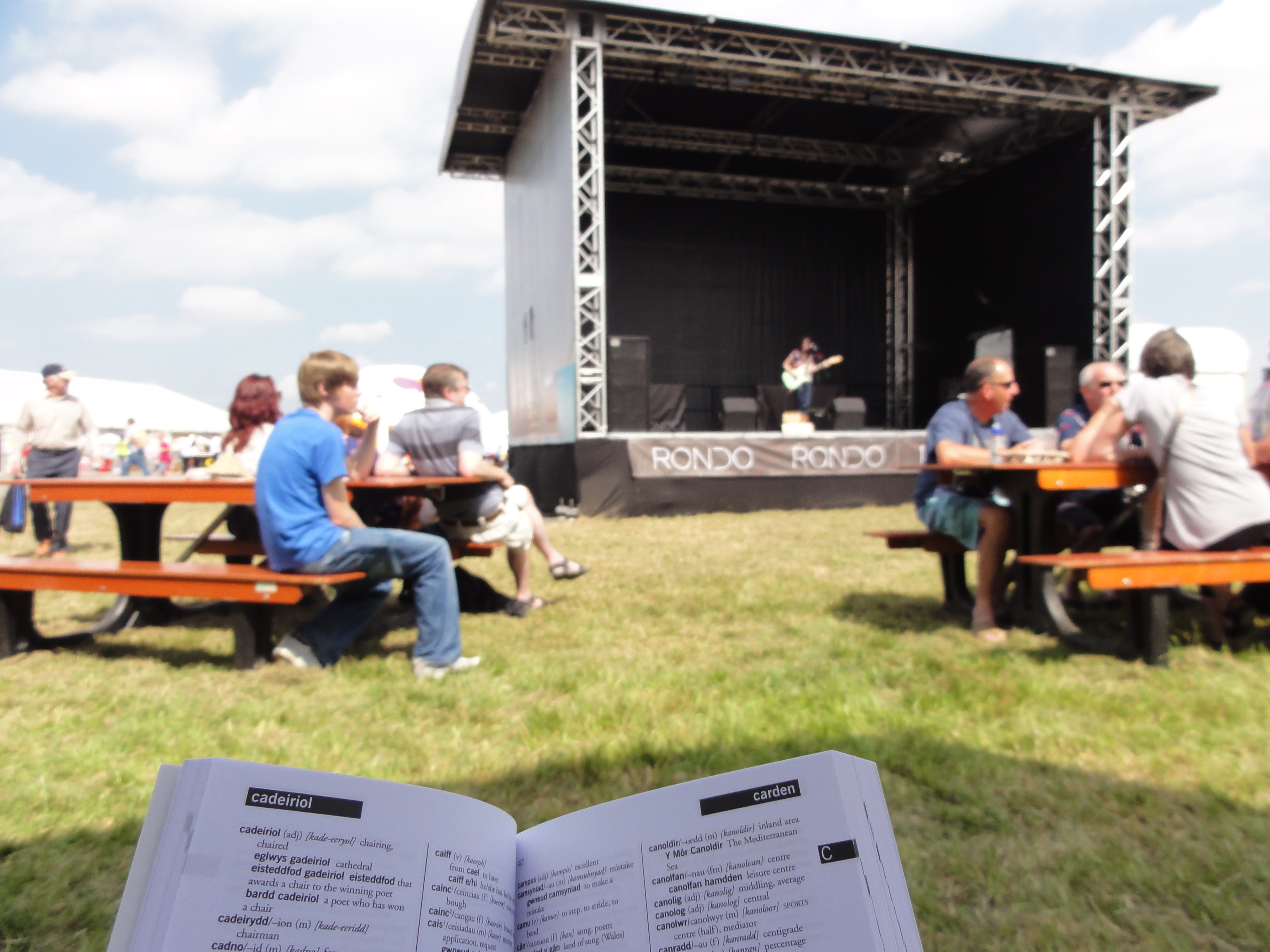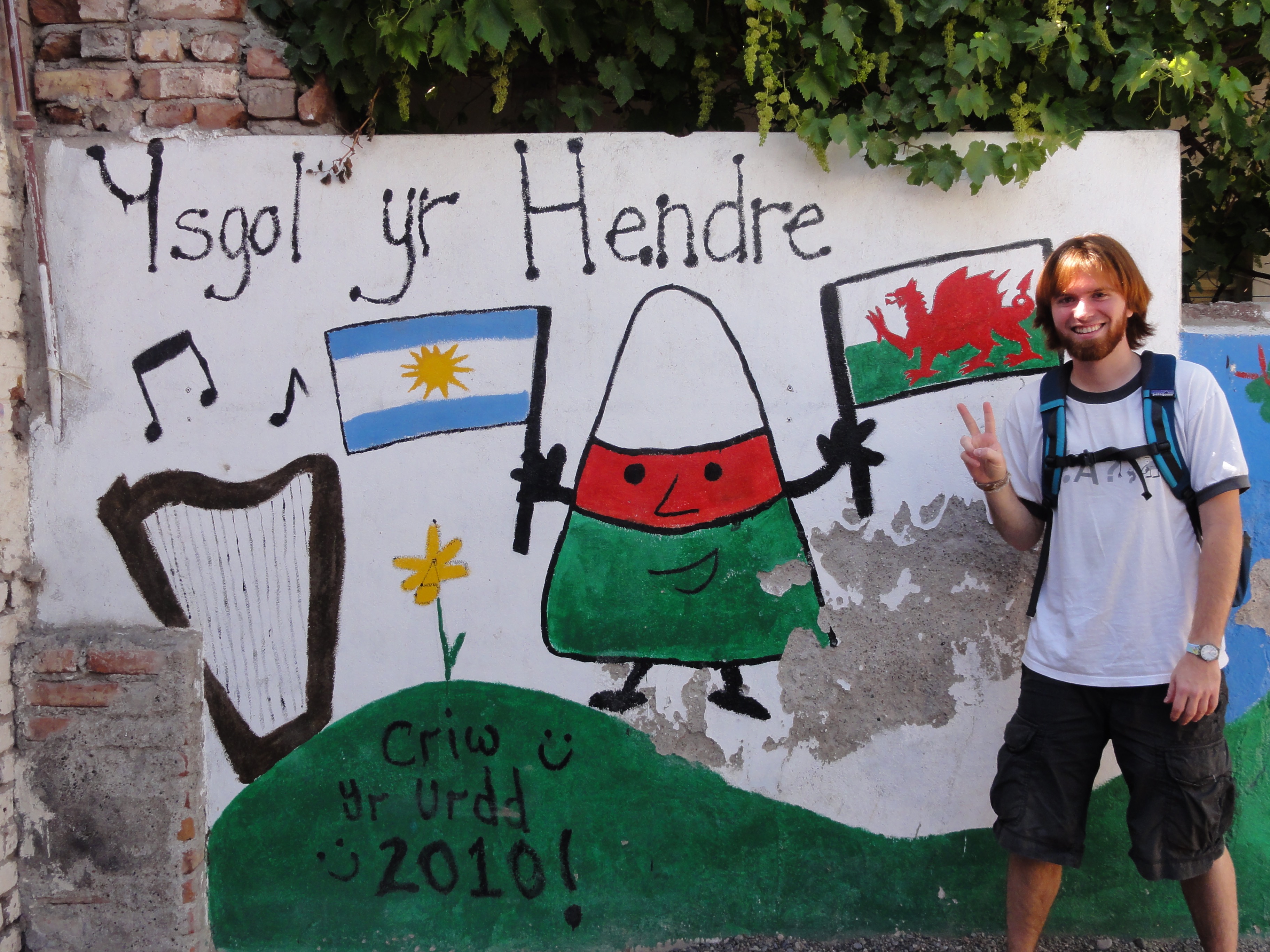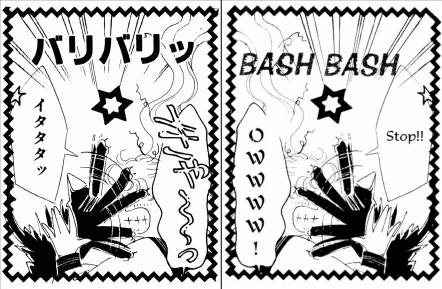Research
Language and music

As a lifelong musician, the intersection of language and music has been at the heart of my linguistic interests from the start. I’m interested in the potential of music for language revitalization efforts, and also in the integration of musical and linguistic data in linguistic analysis — what can we learn by treating the combination of music and language as a holistic site of inquiry rather than than simply language data with a melody?
To that end, in my work, I focus on describing new methodologies that combine ethnomusicological and linguistic approaches, and applying them to questions of structural linguistics, sociocultural linguistics, and language revitalization.
A few projects I work or have worked on with regards to music and language include:
Language Documentation & Conservation 16, 2022, p. 168-208.
Open access - download the PDF here!
With Griselda Reyes Basurto, on integrating musical data into language documentation in ELAN, Praat, etc., and on the relationship between musical melody and linguistic tone in Tlahuapa Tù'un Sàví (Mixtec, Guerrero).
(manuscript in progress; earlier presentation version given at AAA 2019: slides, script)
Musicolinguistic study of how vaporwave is constructed as a genre through both music and (spoken and visual) language, and how specific musical production techniques license imagined musicolinguistic landscapes in the minds of listeners, allowing them to experience the genre's central themes.
(Chapter 4 of my dissertation)
On how linguists can help contribue to musical language revitalization through the creation of UTAUloids - singing synthesizers intended for low-resource, collaborative vocal music production.
(presentation given with Jessica Love-Nichols at COCE 2019; slides)
Musicolinguistic analysis of eco grime which shows how the genre reimagines "the club" as a space of sonic environmental activism, and communicates environmental concerns through both language and music.
(Chapter 3 of my dissertation)
On how cotemporal code-switching and musical style-shifting enable three Welsh popular music acts to construct shifting bilingual identities.
(invited talk given for “Why Cornish? Towards a Cornish Language Research Unit” special conference, 2013; slides)
Ethnographically-based study on the importance of music to Cornish language revitalization efforts.
(multimedia ethnographic project, 2011; website)
Ethnomusicological sketch on Irish language and traditional music instruction in the Minnesota Twin Cities.
Patagonian Welsh

As part of my Watson Fellowship in 2011-2012, I travelled to Chubut, Argentina to learn about music and language revitalization in Welsh-speaking Patagonia (Y Wladfa), and became fascinated by the language and culture of this unique region. Since then, I have aimed to help document the distinctive features of this understudied variety of Welsh, as well as what its structure and usage can tell us about language contact. Much of my work utilizes the fantastic Bangor Siarad and Bangor Patagonia corpora, and is thus representative of naturalistic, conversational speech — including code-switching into Spanish and English.
Some of the results of this work can be seen here:
Journal of the International Phonetic Assocation 50(2), 2020, p. 153-167. https://doi.org/10.1017/S002510031800021X
Pre-print PDF available here!
Corpus study using linear mixed-effects modeling, showing that Patagonian speakers produce the voiceless stop series /p t k/ with lower average VOT values than speakers from Wales, as a result of contact with Spanish.
Journal of Celtic Linguistics 21(1), 2020, p. 143-172. https://doi.org/10.16922/jcl.21.5
Pre-print PDF available here!
Corpus study using conditional inference trees and random forests, showing that for both Patagonian and Welsh speakers, the geographical and cultural ‘Welshness’ of placenames affect their mutation behaviour following yn ‘in’, and that soft mutation has become an important component of this prescriptively nasally-mutating environment.
Language in Japanese popular media

A third pillar of my research program involves exploring the role of language in Japanese popular media (such as anime and manga), both in the original Japanese and in translation. Like my work on music and language, this research stems from an interest in interdisciplinarity and multimodality, and uses methods from linguistics alongside relevant methodological lenses from other disciplines, such as comic, media, and feminist studies.
A few of the projects I've worked on in this area include:
Journal of Anime and Manga Studies 2, 2021, p. 121-154. https://doi.org/10.21900/j.jams.v2.825
Open access - download the PDF here!
With Daphne Iskos, a study using methods from sociocultural linguistics and comic studies to show how differences in the use of loanwords, honorifics, onomatopoeia, and iconicity in each of two translations serve to either erase (in the case of the earlier release) or actively construct (in the case of the later) the sociocultural construct of 'Japaneseness' within the text.
(earlier poster version presented at NWAV 46, 2017)
Sociophonetic study which shows how bundles of phonetic features are used in anime to create equivalence between a physical characteristic – in this case, the main character's fatness – and a sociocultural category – here, her status as a fujoshi (a female fan of media depicting homoerotic male relationships), contrasting both of these against performances of traditionally desirable anime femininity.
More
Besides these three main foci, my research interests also include language contact, linguistic landscapes, code-switching, and revitalization more broadly, as well as Cherokee, Bergamasco, and Ainu.

Presenting at the March for Science, Santa Barbara, CA, 4.22.2017